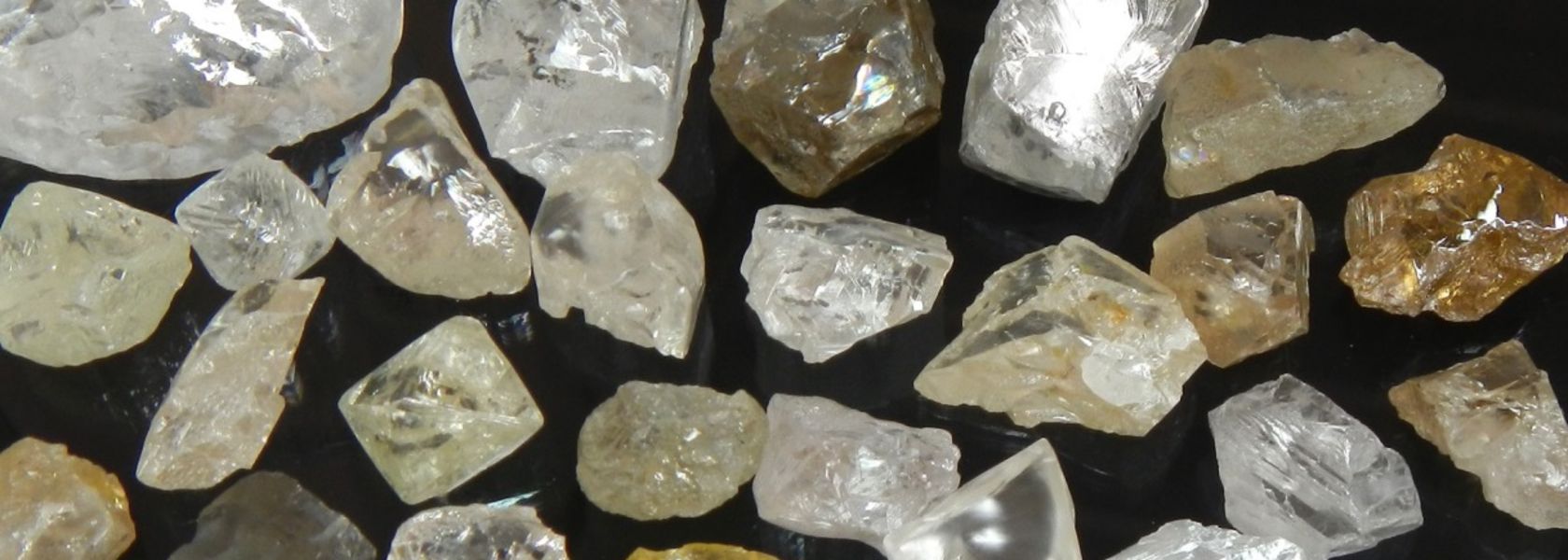Horizon II Projects (H2) is on a steadfast path to deliver high impact projects for the business as per the defined Resource Development Plan. In a quest to mine and recover diamonds optimally and responsibly, Debswana Board approved the implementation of a state-of-the-art Large Diamond Pilot Plant (LDPP) Project in 2016. The project, whose footprint lies within the ‘Prince of Mines’ Jwaneng Mine, is currently in operation after a successful on-time and on-budget construction execution.
The pilot plant project was established to inform a business case for an optimised large diamonds recovery solution and was, therefore, designed with due consideration for re-use as a final solution after a two-year piloting exercise. LDPP Project Manager (A), Phemelo Tshenolo, revealed this as he shed light on some of the striking features of the project.
The facility has a peak treatment capacity of 600 tons per hour and deploys the latest diamond recovery technology specifically designed by De Beers Technologies to identify and recover large stones. This technology, known as X-Ray Transmission (XRT), is the first of its kind for Debswana and has a unique capability of high detection rate for all diamonds, including Type-II diamonds, compared to other traditional technologies. Type II diamonds are the most chemically pure diamonds and have the highest thermal conductivity and are often colourless.
The LDPP project interfaces with Jwaneng Main Treatment Plant (MTP) process to enable recovery of +25mm diamonds prior to the secondary crushing circuit. Phemelo explained that this project aims to investigate crucial components of a business case for potential investment into a final solution. The components include:
• The frequency of large (+25mm) diamonds in the run-of-mine production
• The value ($/carat) of the large diamonds;
• The optimum top cut-off size; and
• Production performance issues i.e. concentrate yield
With a total of 360,000 man-hours accumulated over the past 3 years, LDPP has not recorded any Lost Time Injury (LTI). This was achieved mainly through unyielding safety leadership, teamwork, and constant support from Jwaneng operations team. To-date, the project has recovered 14 large stones with a size range of 60 to 353 carats, and the piloting phase is planned to run until December 2020.

